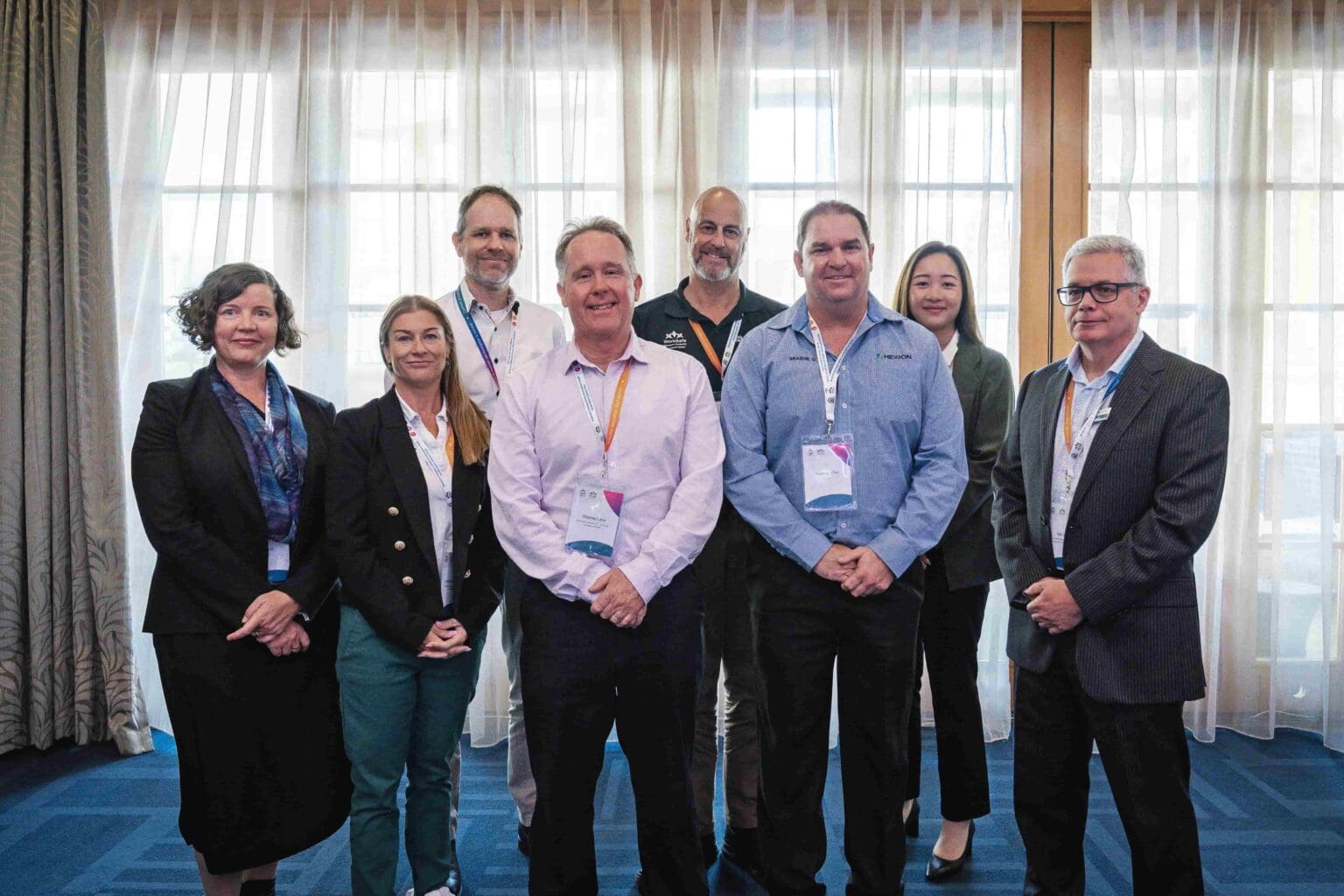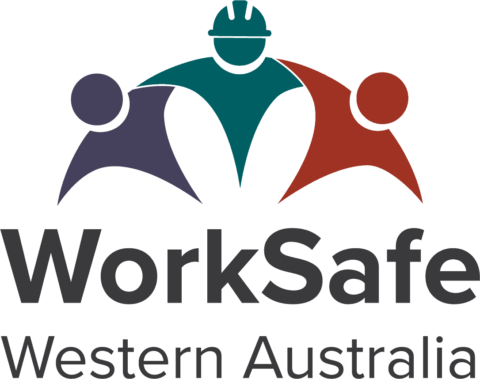The WorkSafe Petroleum Safety and Dangerous Goods Directorate (WorkSafe) is responsible for the 22 major hazard facilities and 56 petroleum and geothermal energy operations that conduct drilling, pipelines and production operations in Western Australia. Each of these facilities and operations has the potential for an incident on a catastrophic scale if the operations are not conducted safely.
Human factors are an integral component of safe and reliable operations. Many of the safety critical tasks to prevent and mitigate major accident events depend on human performance as a barrier or safeguard.
WorkSafe recognised the need to proactively address human factors and, in 2020, commenced the human factors capability strategy. This four-year strategy is focused on building internal and external human factor capability through stakeholder engagement, education and guidance, industry forums and an industry-wide project to establish an industry baseline and measure industry’s progress integrating human factors into safety management systems.
The inaugural Human Factors Forum in 2021 encouraged knowledge-sharing and participation within the industry. At the second forum in 2023, industry presentations demonstrated how small changes make big impacts to safe and reliable operations.
Based on consultation with industry, WorkSafe published external guidance on human factors topics of usable procedures, incident investigations and bowtie analyses of major accident events, along with case studies.
The major project of the strategy, the Human Factors Industry Baseline Project commenced in 2022–23. The project provides education and guidance on human factors and how to conduct an assessment of human factors integration within a safety management system. Inspectors conducted the initial assessment with industry participants, who then completed the remainder of the assessment independently. This methodology facilitated the transfer of knowledge, sharing of learnings and strengthening of stakeholder relationships.

The project report will soon be publicly available. The report describes the process and outlines the results and recommendations. Eleven recommendations were identified to strengthen the integration of human factors into safety management systems for major hazard facilities and petroleum and geothermal energy operations. WorkSafe will publish guidance to assist industry with addressing the eleven recommendations.
WorkSafe has also developed a human factors inspection checklist and inspectors will be using the checklist to integrate human factors into routine inspections and audits. WorkSafe will share the findings and learnings from the project with other health and safety regulators and similar organisations around Australia and in New Zealand. Knowledge sharing with other regulators may create an opportunity to conduct the project on a national scale. The potential outcome of this would not only create safer industry practices across Australia, but it would also position Australia as a global leader in the management of work health and safety in highly hazardous industries.
The strategy is a great example of collaboration between the regulator and industry to improve work health and safety outcomes on an industry-wide scale.
Thank you to the operators who enthusiastically participated in the project and shared an accurate picture of how human factors is integrated into their operations. This project would not have been possible without industry participation and the key individuals who volunteered their time to complete the human factors industry baseline assessment on behalf of their operations.

